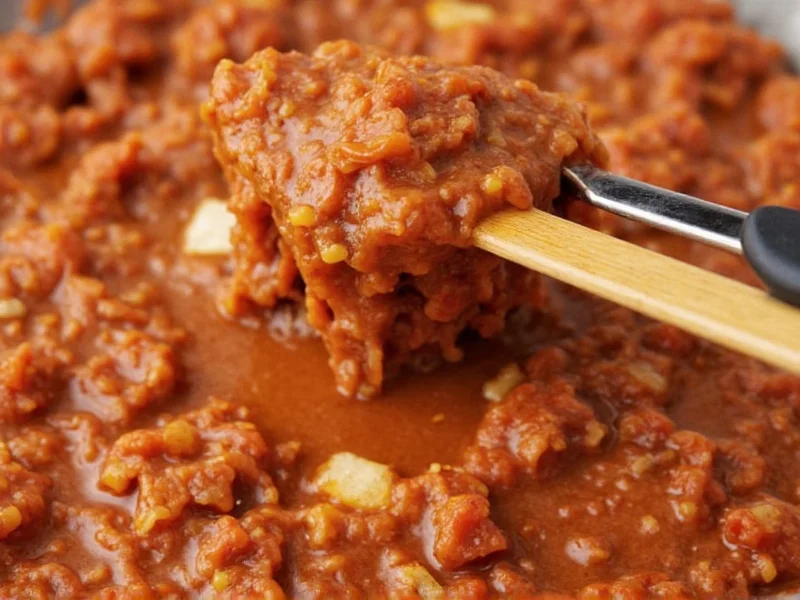Understanding proper food storage times prevents foodborne illness while reducing unnecessary waste. Many Chipotle customers enjoy leftovers but lack specific knowledge about safe consumption windows for different menu components. This guide provides science-based storage recommendations verified by food safety experts and the USDA.
Chipotle Food Storage Timeframes
Not all Chipotle menu items have identical shelf lives. Different ingredients degrade at varying rates due to moisture content, acidity, and protein composition. The following table shows maximum safe storage times under proper conditions:
| Chipotle Menu Item | Refrigerator (40°F or below) | Freezer (0°F or below) | Room Temperature |
|---|---|---|---|
| Burritos & Bowls with meat | 3-4 days | 2-3 months | 2 hours max |
| Veggie bowls (no meat) | 4-5 days | 2-3 months | 2 hours max |
| Rice & beans | 4-5 days | 3 months | 2 hours max |
| Guacamole & salsa | 3-4 days | Not recommended | 2 hours max |
| Queso | 3-4 days | 1-2 months | 2 hours max |
Factors That Impact Chipotle Food Shelf Life
Several variables affect how long your Chipotle leftovers remain safe to eat. Recognizing these factors helps you make informed decisions about food safety:
Temperature Control
Your refrigerator must maintain temperatures at or below 40°F (4°C). Use an appliance thermometer to verify actual temperature, as built-in dials often provide inaccurate readings. The USDA reports that 43% of home refrigerators operate above the safe threshold, accelerating food spoilage. For optimal Chipotle food storage, set your refrigerator to 35-38°F (1.7-3.3°C).
Storage Method Matters
How you store Chipotle leftovers significantly impacts their longevity. Transfer food from aluminum foil or paper bags to airtight containers within two hours of purchase. Glass containers with locking lids preserve freshness longer than plastic alternatives. Separate components like guacamole and sour cream into individual containers to prevent cross-contamination and extend shelf life.
Ingredient-Specific Considerations
Meat-based items have shorter shelf lives than vegetarian options due to higher protein content that bacteria consume. Carnitas and barbacoa typically last slightly longer than chicken due to their preparation method. Rice requires special attention as it can harbor Bacillus cereus, a bacteria that survives cooking and multiplies rapidly at room temperature.
Recognizing When Chipotle Leftovers Have Spoiled
Before consuming leftovers, perform these safety checks. Trust your senses over arbitrary timeframes, as storage conditions vary:
- Smell test: Discard any items with sour, ammonia-like, or unpleasant odors. Fresh Chipotle food should smell like its ingredients without any "off" notes.
- Visual inspection: Look for mold growth (fuzzy spots), slimy textures, or unusual discoloration. Rice should remain separate, not clump together.
- Texture changes: Beans and rice that become excessively mushy or slimy indicate bacterial growth.
- Taste test (last resort): If other tests pass but you're uncertain, take a tiny taste. Spit it out immediately if anything seems off.
Best Practices for Storing Chipotle Leftovers
Maximize both safety and quality with these professional storage techniques:
- Cool rapidly: Divide large portions into smaller containers to cool food faster. The USDA recommends cooling food from 140°F to 70°F within 2 hours.
- Label everything: Note the date and contents on containers using masking tape. "Chipotle leftovers" becomes unhelpful after a few days.
- Strategic refrigeration: Store leftovers on middle shelves where temperature remains most consistent, not in the door where temperatures fluctuate.
- Freeze properly: For freezing, wrap items tightly in plastic wrap before placing in freezer bags to prevent freezer burn.
Safe Reheating Guidelines for Chipotle Leftovers
Proper reheating destroys potential bacteria that may have developed during storage:
- Reheat to an internal temperature of 165°F (74°C) measured with a food thermometer
- Add moisture when reheating rice and beans to prevent drying out
- Stir frequently when using microwave to ensure even heating
- Reheat only the portion you plan to eat immediately
- Never reheat Chipotle leftovers more than once
When reheating burritos, wrap them in a damp paper towel to maintain tortilla flexibility. For optimal texture, finish reheated items in a dry skillet for 30-60 seconds per side.
Special Considerations for Chipotle Catering Orders
Large catering orders present unique food safety challenges. Follow these additional guidelines:
- Divide large quantities into shallow containers (no deeper than 2 inches) for rapid cooling
- Use ice baths for immediate cooling of large rice or bean portions
- Discard any catering items left at room temperature for more than 1 hour during events
- Transport leftovers in coolers with ice packs if traveling more than 30 minutes
Food safety experts recommend consuming catering leftovers within 72 hours rather than the standard 4 days due to potential temperature fluctuations during large-scale service.
Understanding Food Safety Risks with Leftover Chipotle
Consuming spoiled Chipotle food can cause foodborne illnesses with symptoms appearing 4-24 hours after consumption. Common pathogens include Salmonella from undercooked meat, Staphylococcus aureus from improper temperature control, and Bacillus cereus from rice.
Vulnerable populations including pregnant women, young children, older adults, and immunocompromised individuals face higher risks. When in doubt about food safety, follow the food handler's golden rule: "When uncertain, throw it out." The cost of wasted food pales in comparison to medical expenses from foodborne illness.











 浙公网安备
33010002000092号
浙公网安备
33010002000092号 浙B2-20120091-4
浙B2-20120091-4